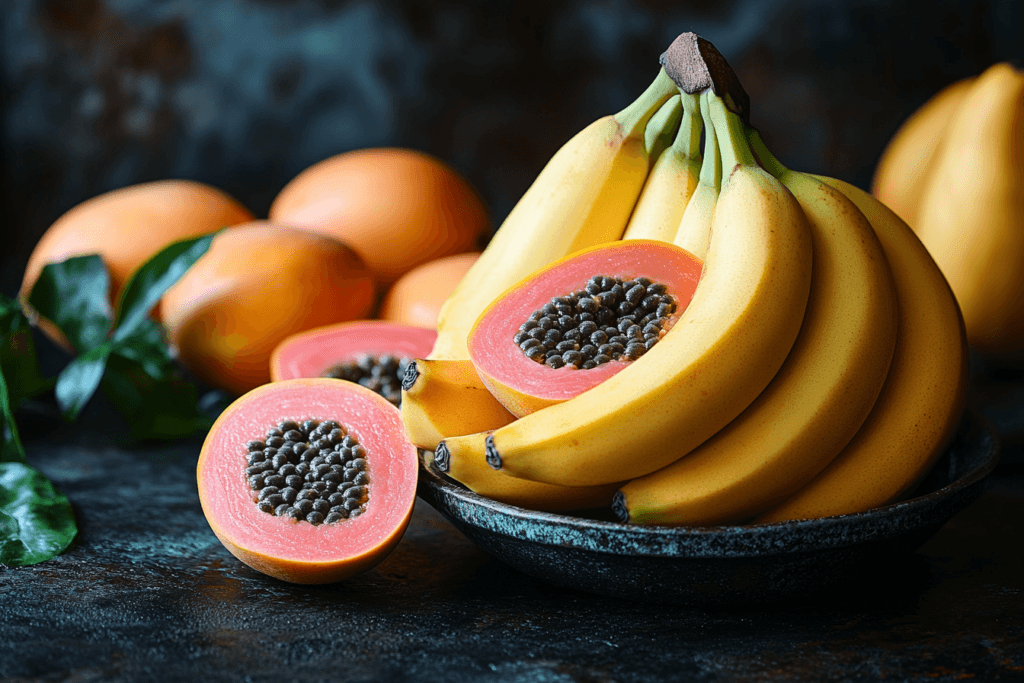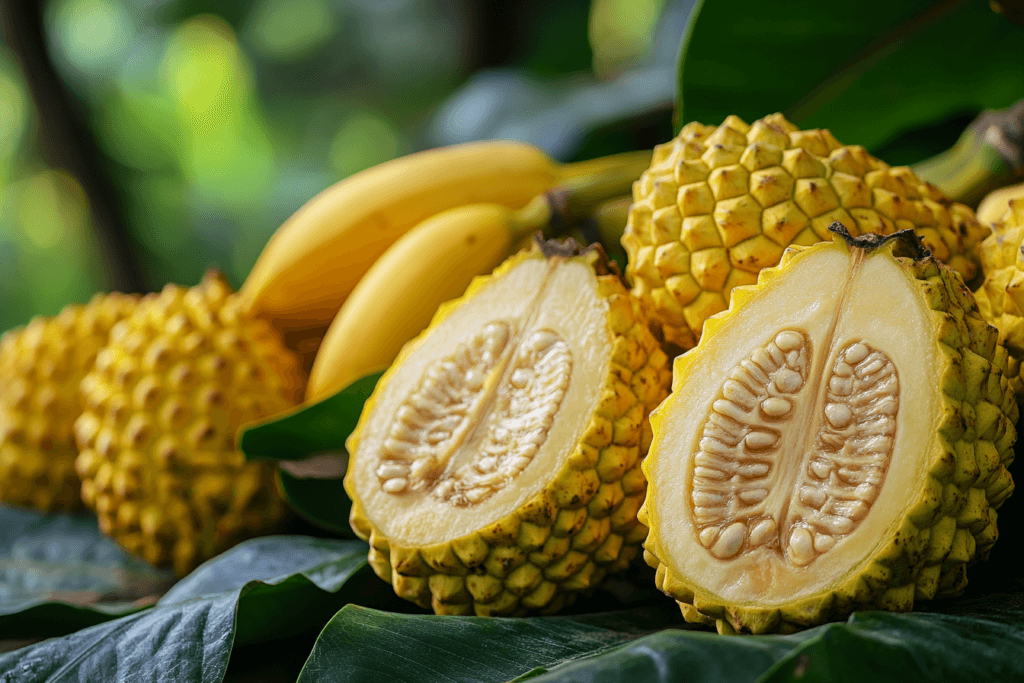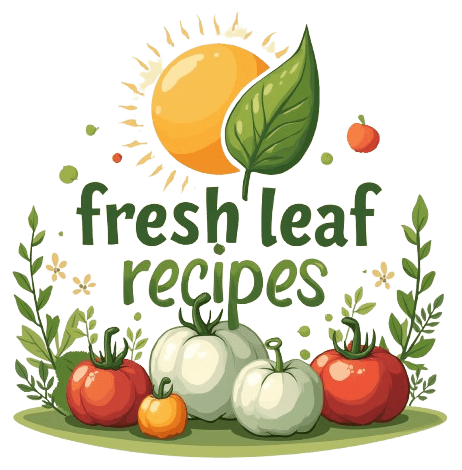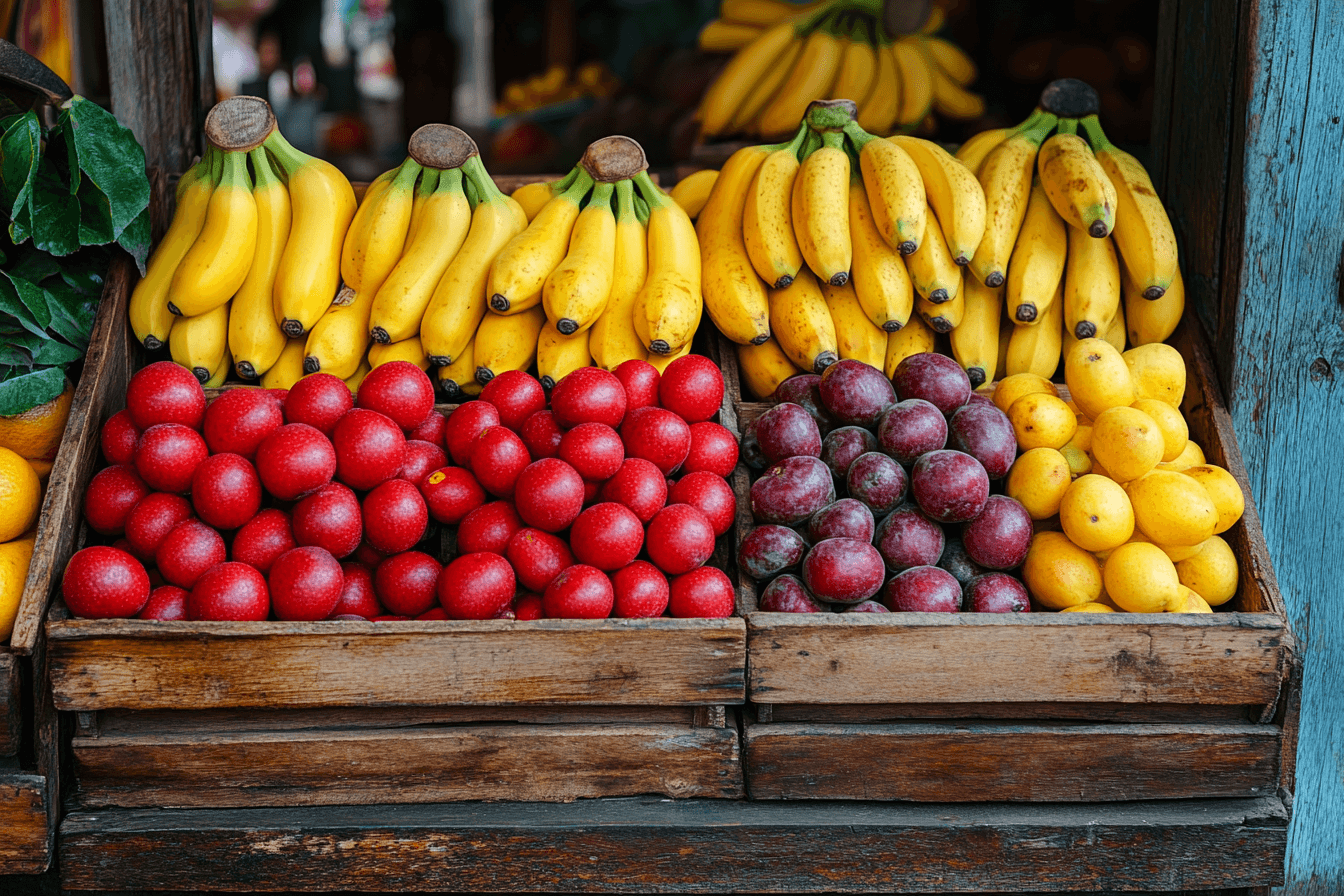Bananas are a household staple around the globe, consumed raw as a snack, blended into smoothies, or used in desserts. Their naturally sweet taste, soft texture, and numerous health benefits make them a fruit like no other. But if you’ve ever run out of bananas or are looking for alternatives to add variety to your diet, you might wonder: what is the closest fruit to a banana?
This question has multiple answers, depending on whether you’re seeking a similar flavor, texture, or even nutritional content. While bananas are unique in their own right, many fruits can serve as excellent substitutes or complementary options.
Let’s dive deeper into this and identify the fruits most similar to bananas, organized by their characteristics.
Table of Contents
Understanding Bananas
Before we explore the fruits closest to bananas, it’s important to understand what makes bananas unique. This will help us identify which fruits align most closely with their properties.
1. Bananas’ Flavor Profile
Bananas are characterized by their natural sweetness, with a slightly tangy undertone. As bananas ripen, their sweetness intensifies due to the breakdown of starches into sugars. This makes them a versatile ingredient for both sweet and savory dishes.
2. Texture of Bananas
The creamy, smooth texture of a ripe banana sets it apart from many other fruits. When mashed, bananas form a velvety consistency that works perfectly in smoothies, baked goods, or as a natural sweetener in recipes.
3. Nutritional Benefits of Bananas
Bananas are rich in essential nutrients like:
- Potassium: Helps regulate blood pressure and muscle function.
- Vitamin B6: Supports brain health and energy metabolism.
- Fiber: Aids digestion and promotes a feeling of fullness.
- Natural Sugars: Provides a quick energy boost.
These properties make bananas a go-to snack for athletes, students, and anyone looking for a quick, nutritious bite.
Closest Fruits by Family
Some fruits are closely related to bananas because they belong to the same botanical family, Musaceae, or share similar tropical origins.
1. Plantains
Plantains are the closest relatives of bananas. While they look similar, plantains are larger, firmer, and less sweet. They are often used in savory dishes and need to be cooked before consumption. Despite these differences, their shared genetic lineage means they have a similar flavor profile and nutritional benefits.
- Use Case: Plantains can substitute bananas in recipes like fritters, chips, or tropical stews.
- Texture: Slightly firmer than bananas, but softens when cooked.
2. Red Bananas
Red bananas are another close relative. They are smaller, sweeter, and have a slight raspberry-like flavor. Their texture is equally creamy, making them a perfect alternative for raw consumption or desserts.
- Use Case: Ideal for eating fresh or adding to fruit salads.
- Flavor: A sweeter, more aromatic version of yellow bananas.
3. Fe’i Bananas
Fe’i bananas are rare varieties native to the Pacific Islands. They have a distinct orange flesh and are less sweet than common bananas. While not widely available, they are considered a unique cousin to the typical banana.
- Use Case: Often steamed or baked, they serve as a starchy food source.
- Nutritional Profile: Higher in beta-carotene compared to standard bananas.
Closest Fruits by Texture

For those who enjoy the soft, creamy texture of bananas, several fruits come close in this category.
1. Mangoes
Mangoes share a similar smooth and creamy texture when fully ripe. The flesh of a mango is slightly firmer but blends beautifully into smoothies or purees, much like bananas.
- Use Case: Mangoes can replace bananas in tropical smoothies or fruit purees.
- Nutritional Benefits: High in vitamin C, vitamin A, and antioxidants.
2. Papayas
Papayas are another excellent match for banana-like texture. Their flesh is soft, juicy, and easy to mash. The mild sweetness of papaya complements recipes where bananas are typically used.
- Use Case: Perfect for smoothie bowls or as a breakfast topping.
- Flavor Note: Slightly less sweet than bananas, with a hint of melon-like taste.
Closest Fruits by Flavor
Flavor-wise, some fruits replicate the sweetness and tropical essence of bananas more closely than others.
1. Jackfruit
Jackfruit is known for its banana-like sweetness and tropical aroma. When ripe, its flesh has a flavor that blends notes of banana, pineapple, and mango.
- Use Case: Often used in desserts or as a vegan meat substitute when unripe.
- Texture: Chewy and fibrous but softens when fully ripe.
2. Cherimoya (Custard Apple)
Cherimoya is often described as a mix between a banana and a pear. Its creamy, custard-like flesh has banana-like undertones, making it a luxurious alternative.
- Use Case: Best eaten raw or used in desserts like puddings.
- Flavor Profile: Sweet, tropical, and slightly tangy.

Nutritional Comparisons
When looking for fruits similar to bananas, comparing their nutritional profiles is essential. Bananas are known for their balanced composition of carbohydrates, vitamins, and minerals. Below are some fruits that come close to matching bananas’ nutritional benefits.
1. Avocados
While avocados are not sweet like bananas, they share a creamy texture and are rich in potassium, just like bananas. Avocados are also a great source of healthy fats, making them a complementary option for a nutritious diet.
- Potassium: Avocados contain even more potassium than bananas, which can help regulate blood pressure.
- Fiber: Both bananas and avocados are high in dietary fiber, promoting digestion.
2. Dates
Dates are small but nutritionally dense fruits that rival bananas in natural sweetness. They are packed with energy-boosting carbohydrates and are a great source of essential minerals like magnesium and potassium.
- Use Case: Dates can replace bananas in energy bars, smoothies, or as a natural sweetener in recipes.
- Nutritional Profile: High in sugars but also loaded with antioxidants and fiber.
3. Figs
Figs share bananas’ softness and are loaded with essential nutrients like calcium, potassium, and dietary fiber. They are a great alternative for snacking or baking.
- Texture: Soft and chewy, similar to ripe bananas.
- Health Benefits: Figs are particularly good for bone health due to their high calcium content.
Culinary Uses of Similar Fruits
Fruits that are close to bananas in taste or texture can often substitute for bananas in various recipes. Below are some practical culinary applications:
1. Baking
Bananas are often used in baking as a natural sweetener and a binding agent. Similar fruits like mashed mangoes, avocados, or papayas can serve as substitutes.
- Mangoes: Add sweetness and moisture to cakes or muffins.
- Avocados: Provide a creamy texture and healthy fats in brownies or cookies.
- Plantains: Work well in recipes requiring firmer textures, like banana bread.
2. Smoothies
Bananas are a staple in smoothies for their creamy consistency and natural sweetness. When bananas are unavailable, these fruits can replicate their role:
- Papayas: Add a tropical flair to smoothies with a similar creamy base.
- Cherimoya: Create a dessert-like smoothie with its custard-like texture.
- Mangoes: Provide a thick, smooth base with a vibrant flavor.
3. Snacks
For quick snacks, bananas are unmatched in convenience and nutrition. However, fruits like dates, figs, or jackfruit can serve as excellent substitutes.
- Dates: Ideal for energy bites or paired with nuts for a quick snack.
- Figs: A sweet, chewy option for on-the-go snacking.
- Red Bananas: Perfect for a quick, nutrient-packed alternative.
Lesser-Known Banana Relatives
Apart from the more common banana substitutes, there are lesser-known fruits closely related to bananas or that mimic their properties.
1. Blue Java Bananas (Ice Cream Bananas)
Blue Java bananas are a rare variety with a creamy texture and a flavor reminiscent of vanilla ice cream. They are slightly firmer than common bananas but share similar uses.
- Use Case: Excellent in smoothies, desserts, or eaten raw.
- Availability: Limited to tropical regions or specialty stores.
2. Abyssinian Banana (Ensete)
Native to Africa, the Abyssinian banana is not consumed raw like typical bananas but is used for its starchy base in cooking.
- Culinary Use: Often cooked or fermented in traditional African dishes.
- Flavor Note: Mild and less sweet than regular bananas.
3. Pacific Banana Varieties
In regions like Hawaii and Samoa, unique banana varieties like the Apple Banana or Fe’i Banana are staples. These fruits often have firmer textures or distinctive flavors that make them unique alternatives.
Frequently Asked Questions (FAQs)
1. What fruit tastes most like a banana?
Jackfruit and cherimoya are two fruits that closely mimic bananas in flavor, with their tropical sweetness and custard-like undertones.
2. Can I substitute bananas with other fruits in recipes?
Yes, depending on the recipe. Mangoes, papayas, and avocados can replace bananas in smoothies and baked goods due to their similar texture.
3. Are plantains the same as bananas?
Not exactly. While plantains are closely related to bananas, they are starchier, less sweet, and typically cooked before consumption.
4. What is the closest fruit to bananas nutritionally?
Dates and avocados come closest to bananas in terms of potassium and fiber content, though their flavor profiles differ.
5. Are there rare banana varieties worth trying?
Yes, varieties like Blue Java bananas and Red bananas offer unique flavors and textures.
6. Which fruit has more potassium than bananas?
Avocados and some varieties of jackfruit actually have higher potassium content than bananas.
Check out tips on creating fruity desserts in the Banana Bread Pudding Recipe.
Discover how avocados can enhance snack ideas in Vegan Snack Ideas.
For more on balancing nutrients in your diet, read Can You Put Too Much Banana in Banana Bread?.
Conclusion
While bananas remain a staple fruit for their unique combination of taste, texture, and nutritional benefits, there are several fruits that come close to replicating these qualities. Whether you’re seeking a similar flavor, a comparable texture, or matching health benefits, options like plantains, mangoes, jackfruit, and avocados are excellent substitutes.
Exploring these alternatives not only adds variety to your diet but also allows you to experiment with new flavors and culinary creations. Bananas may be irreplaceable for many, but their close cousins and tropical counterparts ensure you’ll never run out of options!

